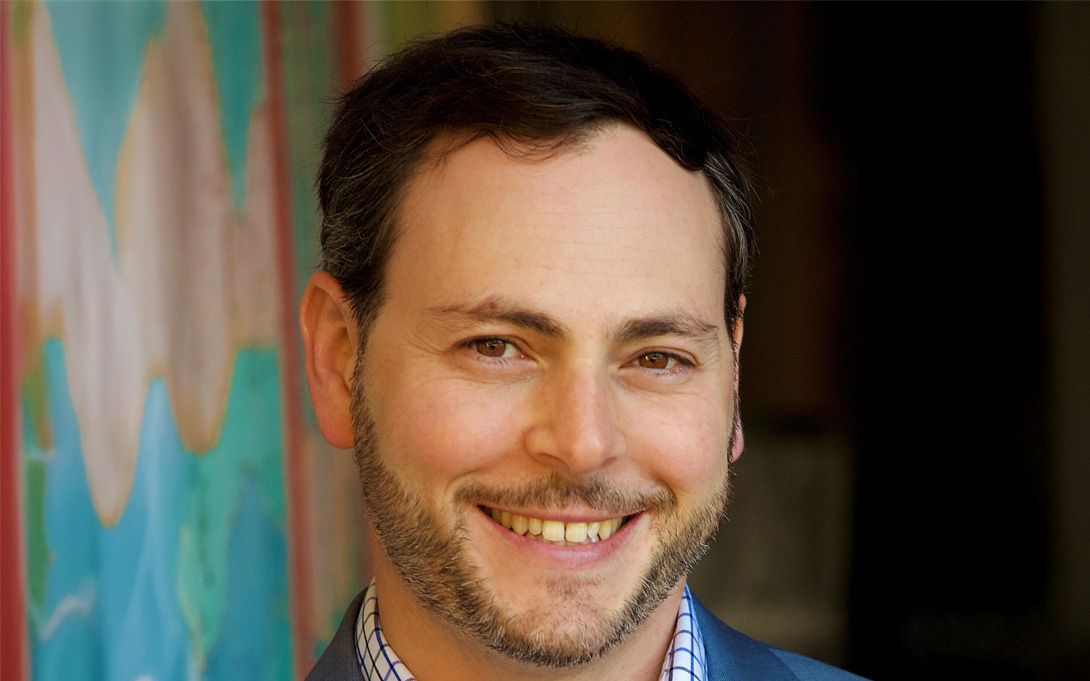
STPP Alum and health policy expert Max Bronstein is currently the president of MGB Consulting, which is a boutique consultancy serving clientele in the biopharmaceutical and non-profit sectors with a focus in rare disease, public policy, and patient advocacy. Previously, he led government affairs and patient advocacy at Crinetics Pharmaceuticals, with a focus on rare endocrine diseases. Max served as the Assistant Director for Health Innovation at the White House Office of Science & Technology Policy from June 2021- March 2023. Max’s writing has appeared in STAT, Pediatrics, Forbes, Nature, and the New England Journal of Medicine.
1) Can you tell me about your career path and the high points and challenges along the way?
I was initially trained in the sciences, studying biology, pre-med, and writing. It became abundantly clear, after many research experiences, that spending my time in a lab setting was not the right fit for my personality. I knew very early on in my career that the pursuit of science was and remains an incredibly critical human endeavor, and I was looking for a way to advance science without being a daily practitioner. That desire led me to the National Science Foundation (NSF) where I got my first dose of science and technology policy, and was hooked from the start. That experience would really shape the rest of my career trajectory and eventually brought me to Michigan.
After completing my graduate work at U-M, I accepted a role to lead policy and advocacy at Research!America, where I spent years advocating for additional resources for various health agencies (e.g. NIH, CDC, FDA etc.). I started that job at a particularly challenging time in the nation’s history as it was the zenith of the Tea Party’s influence, which made for a highly skeptical audience. Later in my career I would lead policy at the EveryLife Foundation for Rare Diseases, where we advocated for legislative changes to help ensure availability of new medicines for patients with no treatments. It was incredibly fulfilling work and we were successful in passing state laws to modernize newborn screening and in advocating for the passage of the 21s Century Cures Act.
I left the nonprofit sector for a role in industry, leading health policy and corporate affairs at a gene therapy company that was developing novel, and potentially curative treatments for deadly pediatric diseases. The science and technology was and continues to be wondrous in this field, but unfortunately there were significant payment barriers that impeded patient access to these medicines, and this was a significant part of my remit—; creating a patient access pathway for curative medicines.
After leaving industry, I accepted a role at the White House Office of Science & Technology Policy (OSTP) where I was tasked with leading health innovation. At OSTP, I played a leading role in launching a new federal agency, the Advanced Research Projects Agency for Health (ARPA-H). It’s essentially a cousin of DARPA but focused on civilian uses for breakthrough platform technologies with the potential to revolutionize health and healthcare.
Last year, I relaunched my consulting business, and I now work with a variety of clients in the biotechnology, diagnostics, and non-profit worlds. It’s incredibly fun and fulfilling to run your own business but navigating the political and policy environment remains simultaneously challenging and motivating.
2) How did your work with STPP add to your professional development and interests? What projects did you work on and/or writing did you do for STPP?
STPP was instrumental in helping me think through the evidentiary components of sound policymaking, and in understanding how to properly frame a policy initiative so that it can resonate with an audience. These are skills I still use daily in my consulting work and continue to leverage when working with clients and policymakers alike.
During my time in the STPP program, I did a group project that examined the key ingredients for seeding so-called innovation clusters, areas of the country that are highly innovative and well capitalized (e.g. Boston, Silicon Valley etc.). Later in my career I would play a role in helping to do a site selection for a drug manufacturing facility, and I was able to leverage the knowledge from the STPP project to select a site that had the right mix of talent and capital that was needed for the facility to be successful (Research Triangle, NC.).
3) What advice do you have for early career STPP graduates and/or those interested in public service?
This is a fairly volatile time at the federal level for public service—so it’s definitely worth considering state and/or local government options as well as jobs in and around Washington, DC. There are also many opportunities worth pursuing in the nonprofit world that may entail advocacy with policymakers and/or elected officials, as well as roles at trade organizations. As you pursue career opportunities, make sure you identify mentors who can help advise you along your professional journey. One easy way to do this is to find people who are currently working in what you would call your “dream job,” and find time to grab lunch or coffee with them to see what career advice they would offer.
